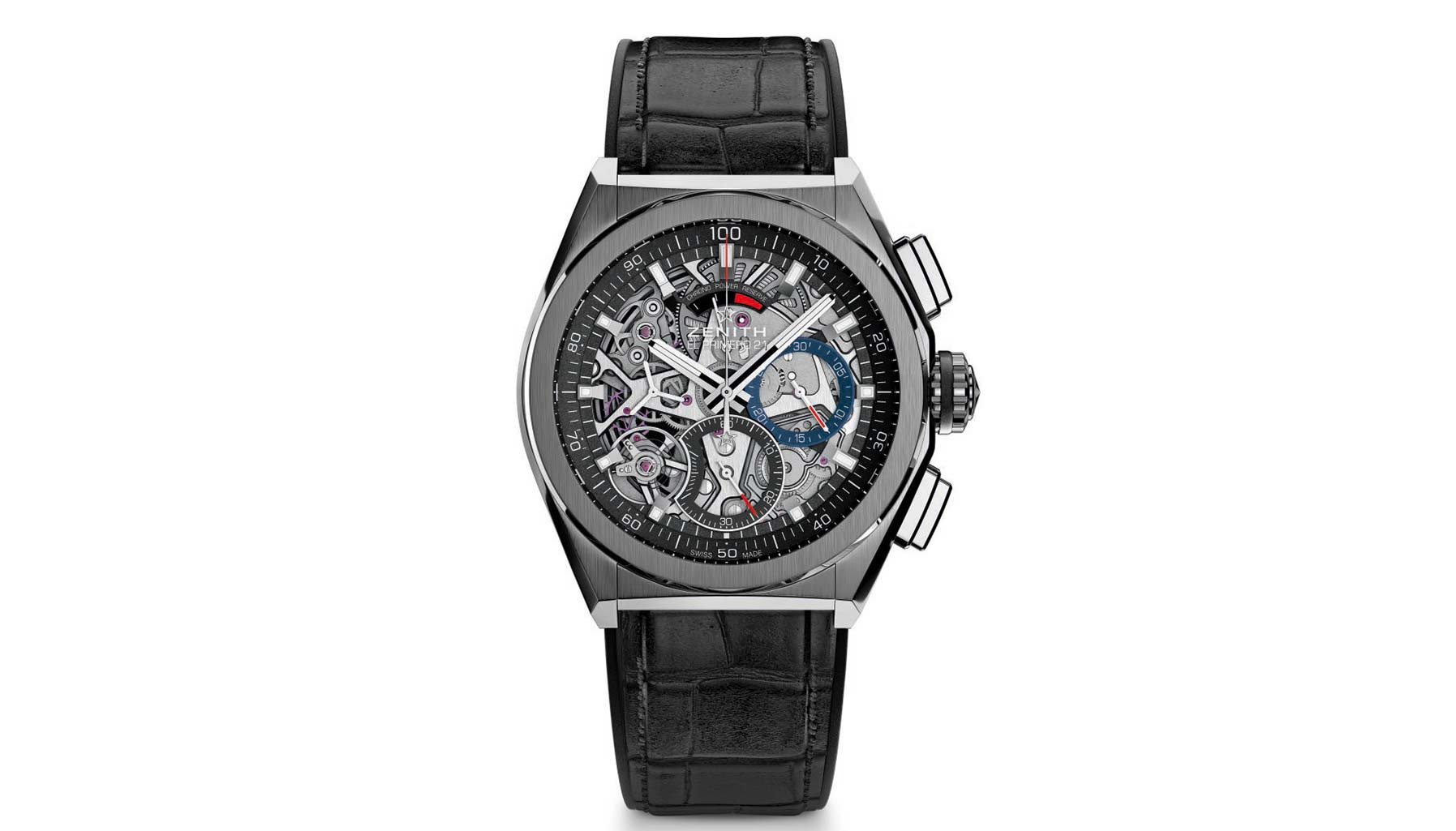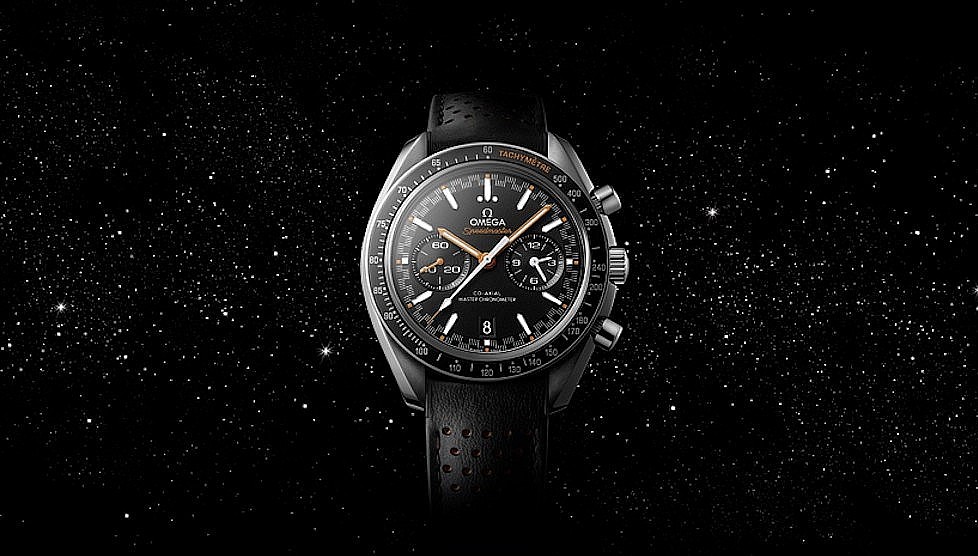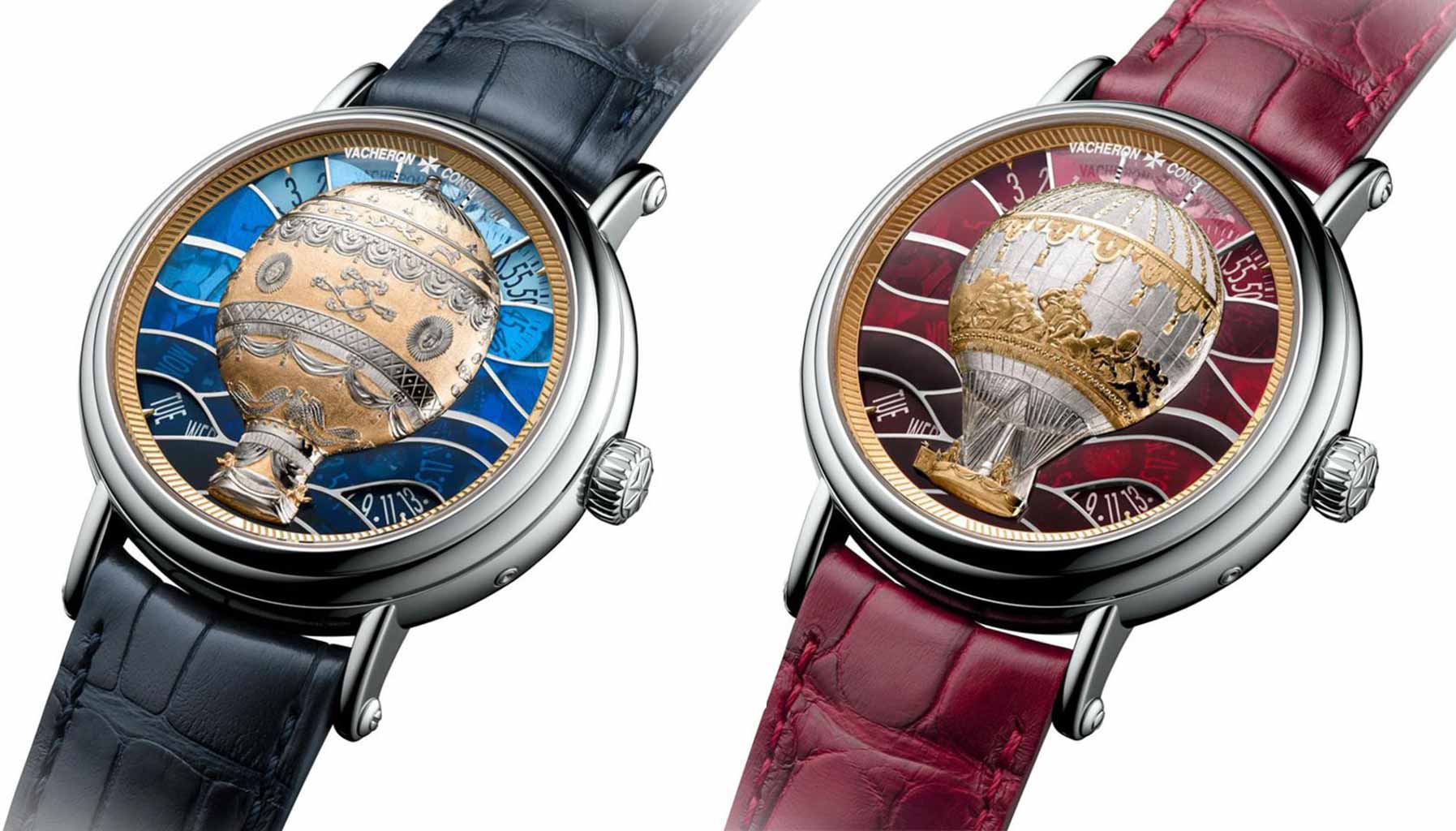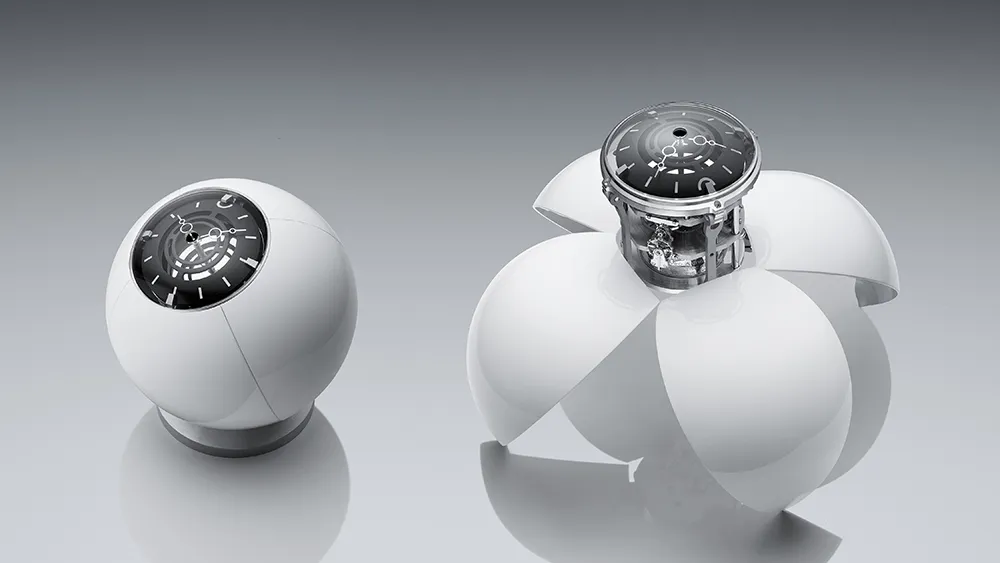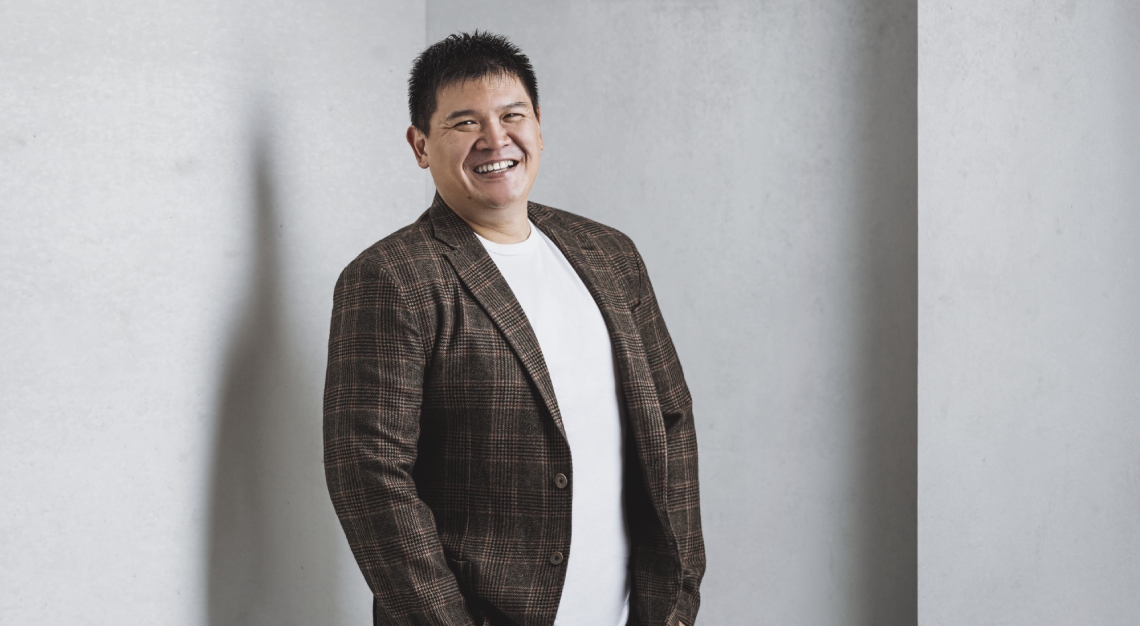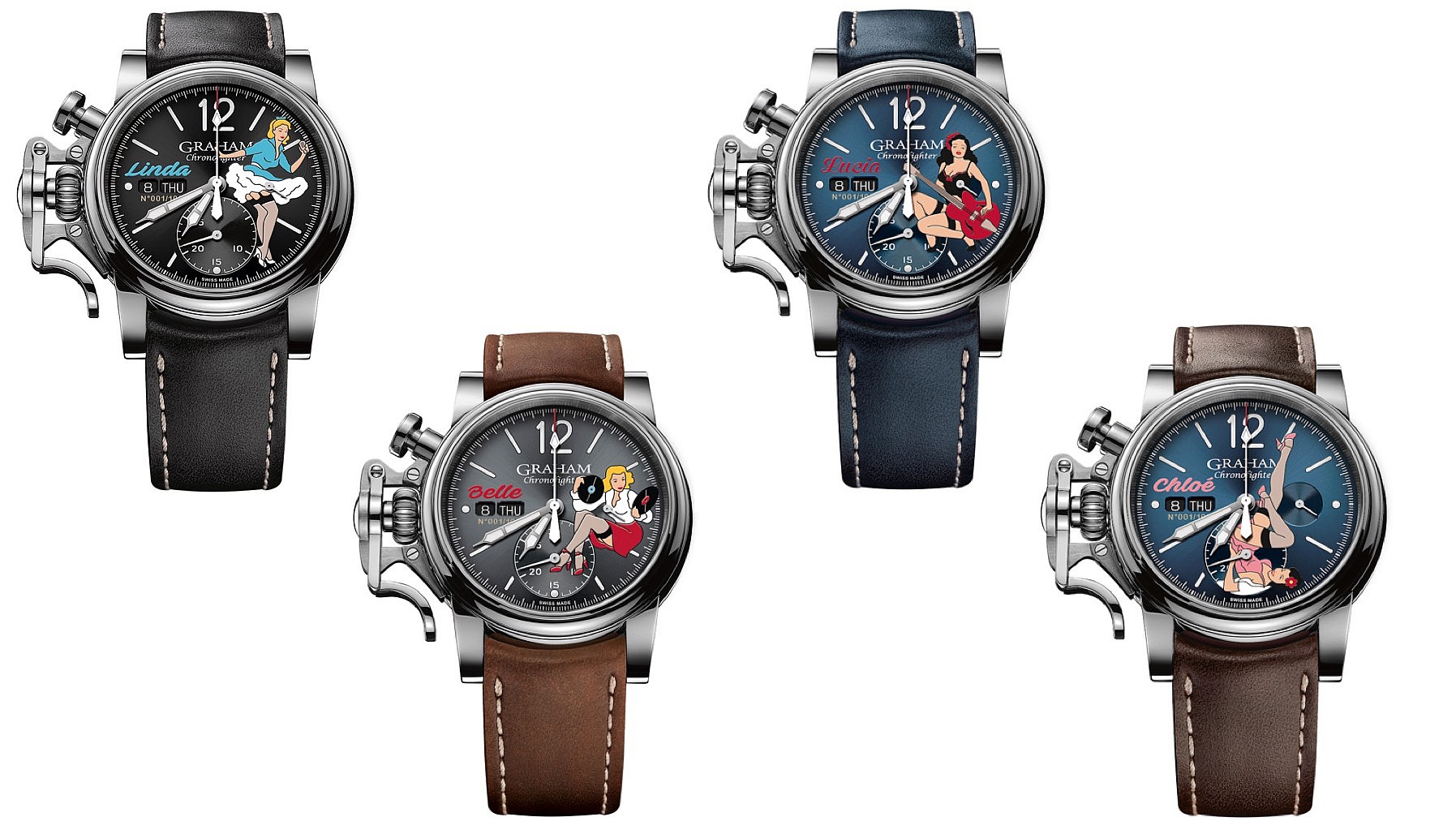Dare to Defy
Luxury watchmaking would be such a different world without Zenith. The Le Locle-based manufacture may not be the industry’s largest timepiece producer today but without Zenith, there might never even be the idea of an industry. Until its founder, Georges Favre-Jacot, established the concept of a watch manufacture, Swiss watchmaking was still a cottage economy supported by individual craftsmen working out of their basements.
His vision was a revolutionary one; Favre-Jacot wanted all the different crafts involved in watchmaking to be united under one roof. Not only would this greatly improve productivity and quality, he would also be better able to invent and innovate with all these talented individuals co-working in such proximity. Thus was founded the Zenith watch company.

Even the company’s name was unconventional. In the old days, companies took the name of their owners, but Favre-Jacot wanted to name his company Zenith after a movement that he had developed.
One of the best-loved stories of 20th-century watchmaking was how Zenith came up with the world’s first automatic chronograph movement in 1969. There were other watch companies that did the same; a consortium formed by Breitling, Heuer, Dubois Depraz and Buren-Hamilton also came up with a self-winding chronograph, as did the Japanese firm Seiko. But Zenith’s is the only one that is Swiss made, fully integrated and high frequency.
Named El Primero, which means ‘the first’ in Esperanto, this movement remains the only regular production high frequency self-winding chronograph in Switzerland today. Its oscillating frequency of 36,000vph has been unsurpassed since the day it was created and quite a few iconic chronographs are or have been powered by El Primero. Today, any Swiss-made chronograph with an oscillating frequency of 36,000vph is likely to be an El Primero movement.
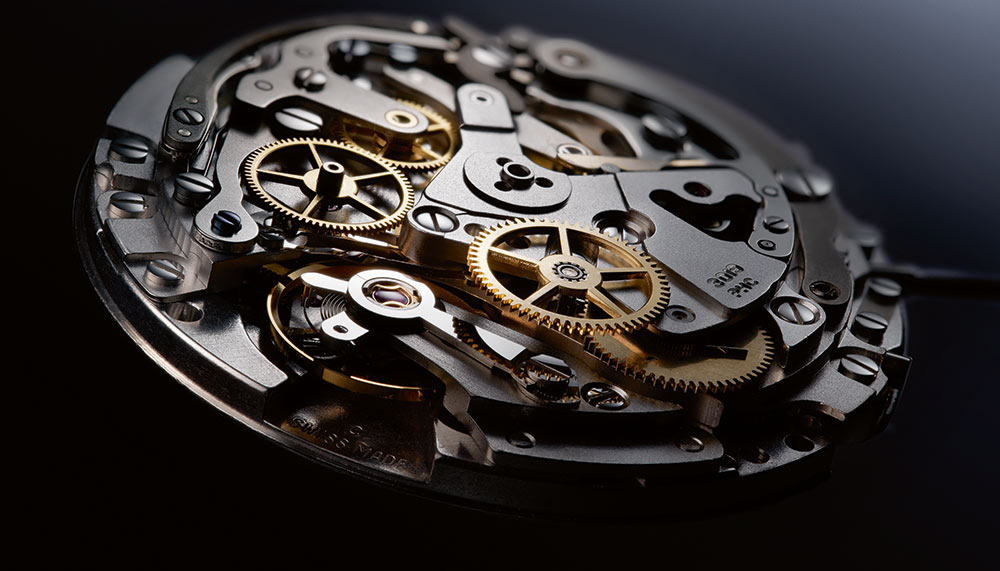
El Primero established Zenith as a cutting-edge manufacture with both the capability to invent and the capacity to industrialise. So superior was its core structure and design geometry that even after almost 50 years it has remained largely unchanged, surviving even the carnage wreaked by the infamous 1970s Quartz Crisis which all but decimated the mechanical watch industry. In order to truly take luxury watchmaking into the 21st century, however, Zenith knows that it must continue innovating. El Primero was Zenith’s answer to the industry’s call for a self-winding chronograph, so the follow-up question that the brand has asked of itself is: “How can we make a great movement like El Primero even greater?” It took some time but the wait was worth it.
At Baselworld 2017, Zenith unveiled Defy El Primero 21, a watch that connects the past and the present with the future.
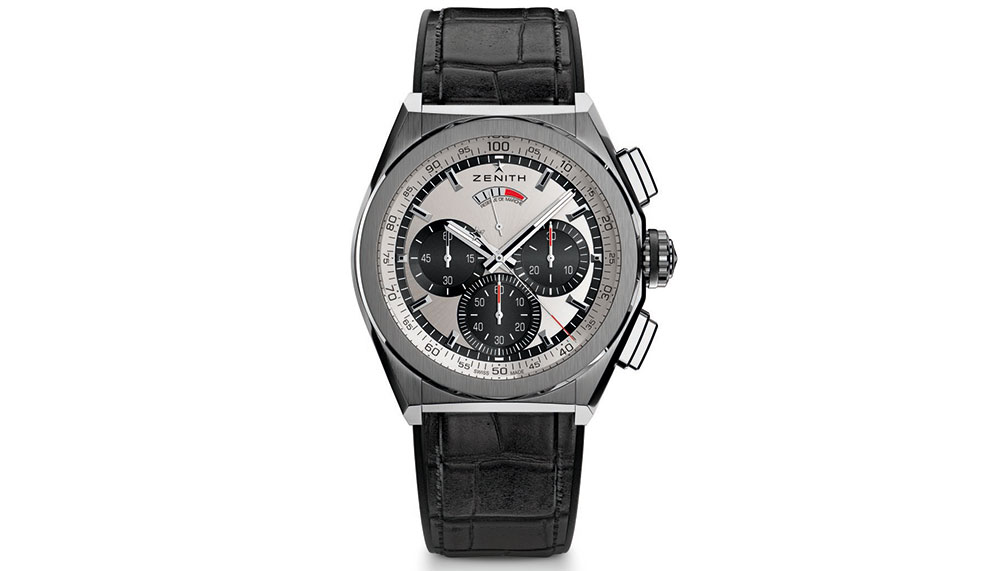
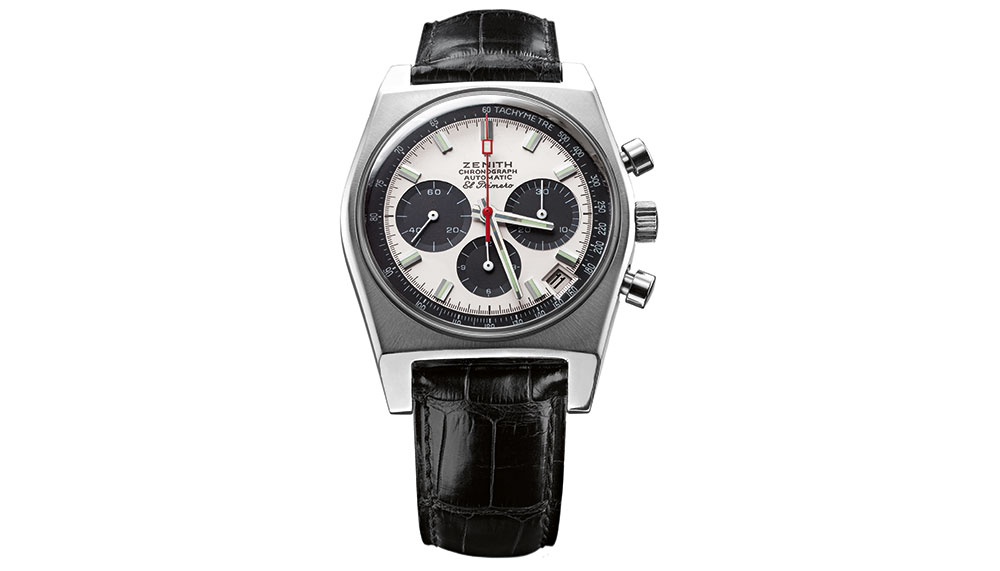
It is a formidable timepiece, one that evokes deep feelings of nostalgia but also notions of greatness and an ambitious outlook.
Indeed, Defy is not a new watch. From the mid- to late-2000s, Zenith had marketed this watch heavily as a symbol of hyper-aggressive horological masculinity.
The idea of a watch like Defy was already in existence around the time of the company’s foundation in 1865, except that the name was spelled Defi instead, which translates from French to English as ‘challenge’ rather than ‘defiance’ as the anglicised name implies. It was not until 1969, the same year Zenith debuted El Primero, that the contemporary version was reintroduced.
These early models were resistant to water, shock and dust, allowing Zenith to tap into the luxury sports watch market. The first-generation Zenith Defy had octagonal cases paired with a mineral glass crystal and a double-sealed screw-down crown. It also has a special locking bezel around the crystal to keep the movement water- and air-tight. The watch had a distinctive aesthetic representative of the 1960s and 1970s. Zenith had also made variations with a tonneau-shaped case and Defy El Primero 21 brings back this specific chapter of the watch.
Defy El Primero 21 is a contemporary, even futuristic watch. The case is made in a tonneau shape as a nod to the historical Defy watches, but the materials used to create it are state-of-the-art. Ceramised aluminium, black-treated titanium and classic brushed titanium are the three case choices with this technical heavyweight, but there’s more. Beneath the case, the movement El Primero 9004 powers the watch with two regulating devices.
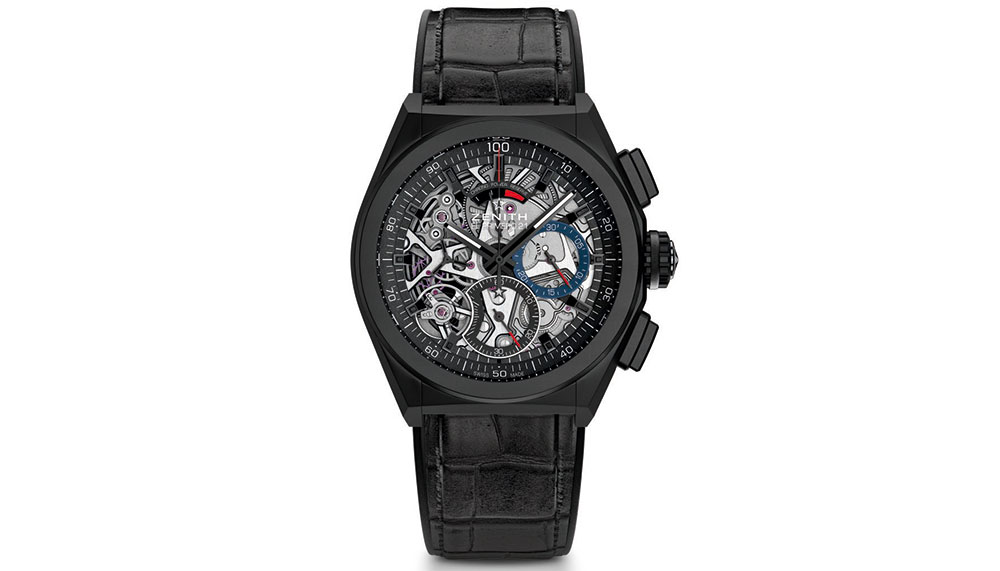
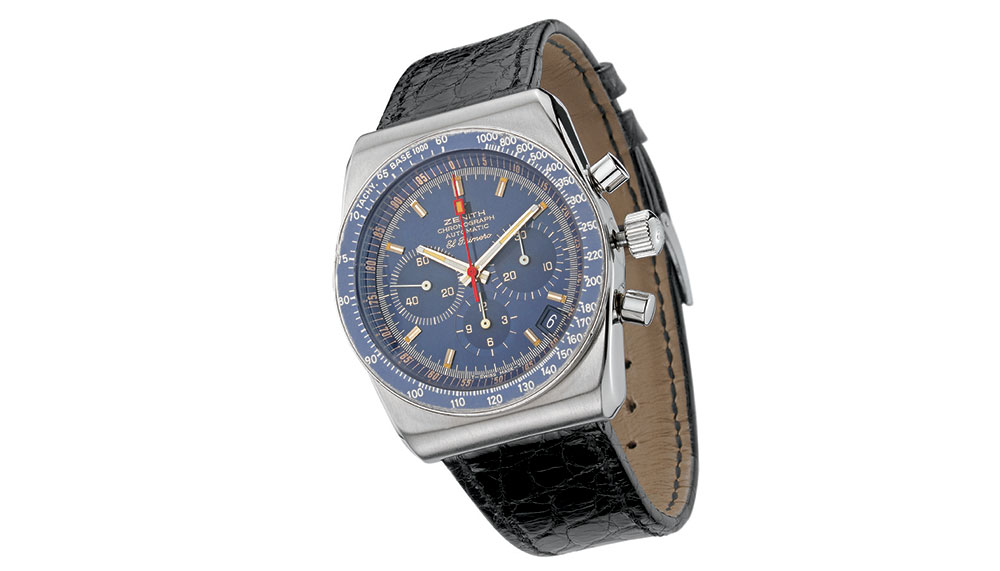
This is the most dramatic upgrade to the El Primero chronograph that Zenith had made, and a double-chain structure makes sense for a high-frequency chronograph. To provide optimal timekeeping performance, separating the components of the chronograph from those of the hours-minutes ensures that power flow remains consistent for the two functions, and that activating the chronograph does not disturb the balance amplitude of the
hours-minutes.
El Primero’s default oscillating frequency is five Hertz or 36,000vph – the fastest on the market. This is also an ideal frequency for chronographs in general because it allows time to be measured to the nearest 1/10th of a second. But in what must be a debonair act of hubris, Zenith allocated the frequency to the hours-minutes train, which means that the chronograph train sprints at an even higher frequency.
Moving at a speed that’s 10 times faster than the hours-minutes train, the regulating device of the chronograph train whisks back and forth at an incredible speed of 360,000vph or 50Hz. Due to the ultra-high-frequency, it is only operational when the chronograph is being engaged. The timepiece also lasts a very impressive 50 hours thanks to its autonomous mainspring.
Visible through the dial, El Primero 9004 boasts a stunning architecture where both balance wheels can be clearly admired. At eight o’clock is the larger one that regulates the hours-minutes and at 10 o’clock is the smaller wheel that measures elapsed time. Between them, one can also see the star-shaped silicon escape wheel.
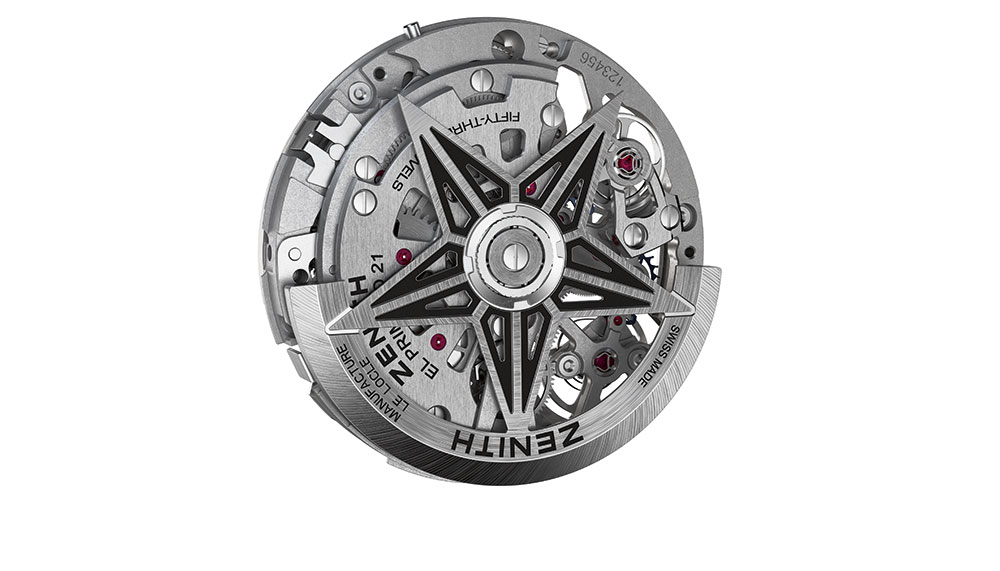
Sharp eyes will observe the short lengths of the hairsprings of both balance wheels; this is necessary to keep them oscillating at high frequencies. Most notably, the hairsprings are made of a revolutionary new material: carbon-matrix carbon nanotube composite. This is a carbon-based composite reinforced with additional carbon in nanotube form. Patented by Zenith’s parent company, LVMH, this material is light, amagnetic and heat resistant.
From the exterior through the inner segment and right to its very heart, Defy El Primero 21 brings material and technical innovation to the forefront. The timepiece coolly demonstrates how modern watchmaking is all about respecting the past to go into the future.
